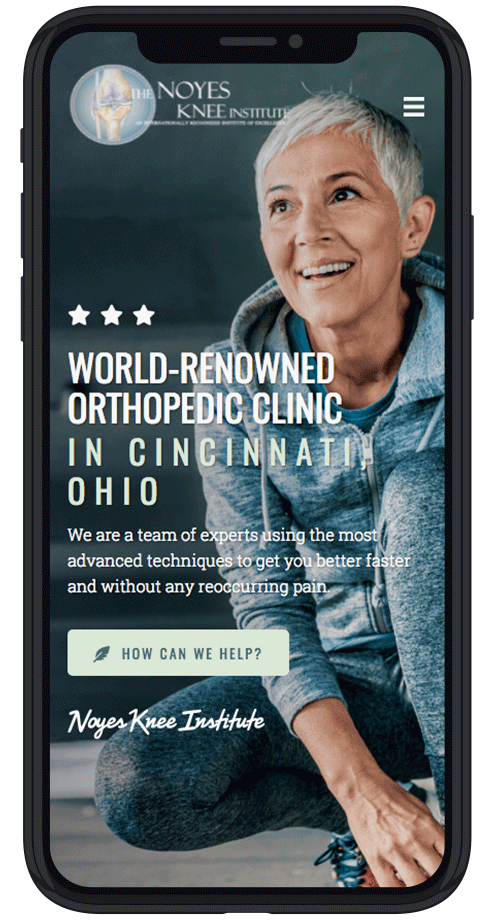Published On
Category
How to Prevent Knee Injuries
Volleyball is an increasingly popular sport for children of virtually all ages, particularly young girls. And because of this popularity, your child may be interested in joining a volleyball team and giving the sport a try.
However, as an involved parent, you may find yourself concerned about the possibility of knee injuries. While knee injuries are a possibility with any sport, the diving and falling on hard floors involved in standard volleyball play can make such injuries seem like the rule rather than the exception.
Get to know some of the ways that you can allow your child to try their hand at volleyball while also helping them prevent knee injuries. Then you can be a safety-focused and supportive parent to your aspiring athlete.
Be Sure to Provide Them with High-Quality Kneepads
The only protective gear commonly worn by volleyball players is kneepads or knee guards. This is because of all of the contact a player’s knees can and will make with the floor as they attempt to reach the ball before it hits the ground.
There are all different types of kneepads available to volleyball players. While the style used to be to wear large, thick kneepads, today kneepads that appear thin and unobtrusive are more popular. However, if you want your child to have knees that are as protected as possible, you need to be careful with these thinner options.
Many of the thinner kneepads do not provide adequate protection and impact resistance, and the lack of padding can result in bruises and more significant injuries. While getting the higher-quality versions of these kneepads may cost you more in the short run, in the long run, you will save on medical costs and issues.
Have Them Do Yoga or Pilates for Strength and Stretching
Having strong and supple leg muscles can help your child keep their knees safe and uninjured. However, because the jumping, running, and diving involved in volleyball involves such high impacts, you may want your child to stick to low- or no-impact strength training and stretching activities.
Two of the best options available in terms of low-impact stretching and strength training are yoga and Pilates. Both options involve a series of stretches, poses, and exercises that simultaneously stretch and strengthen.
In Pilates, much of the practice is floor work, and the person will lay or sit on the floor. The leg strengthening comes from gravity, which applies resistance as the person goes through various leg lifts and other exercises. In yoga, flowing movements help with suppleness, and static poses build body strength.
These two options are favored by numerous athletes who want to prevent injuries or recover from them. Pilates and yoga exercises are relatively gentle and can be adapted to accommodate a variety of injuries and other movement restrictions.
Teach Your Child Correct Jumping Form
Jumping is imperative in volleyball, particularly if your child continues playing through middle school, high school, or college. Blocking, setting, serving, and hitting are all jumping activities. And while most young people think they have the art of jumping figured out, there are good and bad ways to jump, especially when someone jumps often.
One of the most common injuries among volleyball players is known as jumper’s knee (patellar tendonitis). This is an issue that develops from repeated jumping and hard landings that can cause microscopic tears in the tendons of the knee. Sportsmetrics™ is a preventive program that teaches innovative exercises which are designed to reduce/impede knee injuries. It introduces jumping drills and other exercises that are used to appropriately train athletes on correct body positions for landing safely.
Teaching your child a safe way to jump and land can help to prevent some of the micro-tears that can lead to more serious issues down the road. Help your child learn to land softly when they jump. Your child should also evenly distribute their weight between both feet and attempt to land on the balls and toes of their feet rather than their heels.
These tips can help you to better protect your child’s knees as they begin playing volleyball. To learn more or to make an appointment with a specialist, call The Noyes Knee Institute today.


